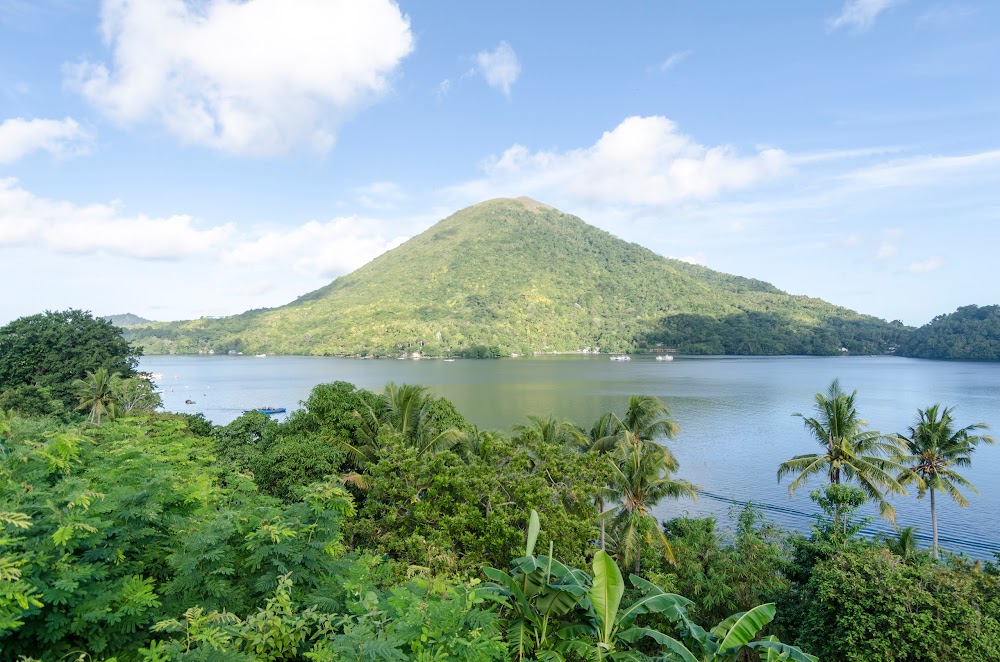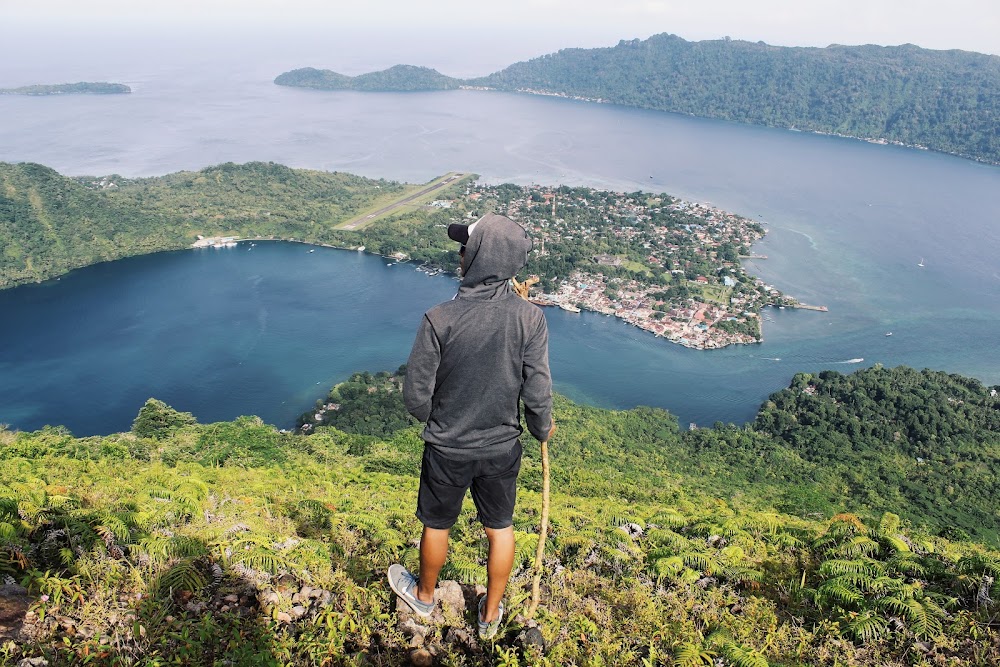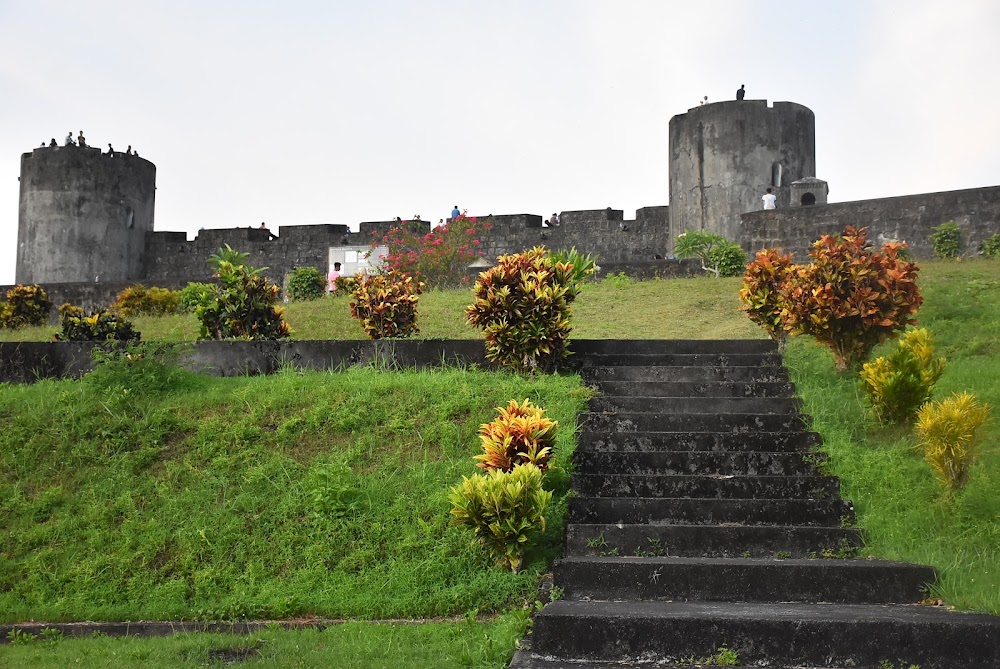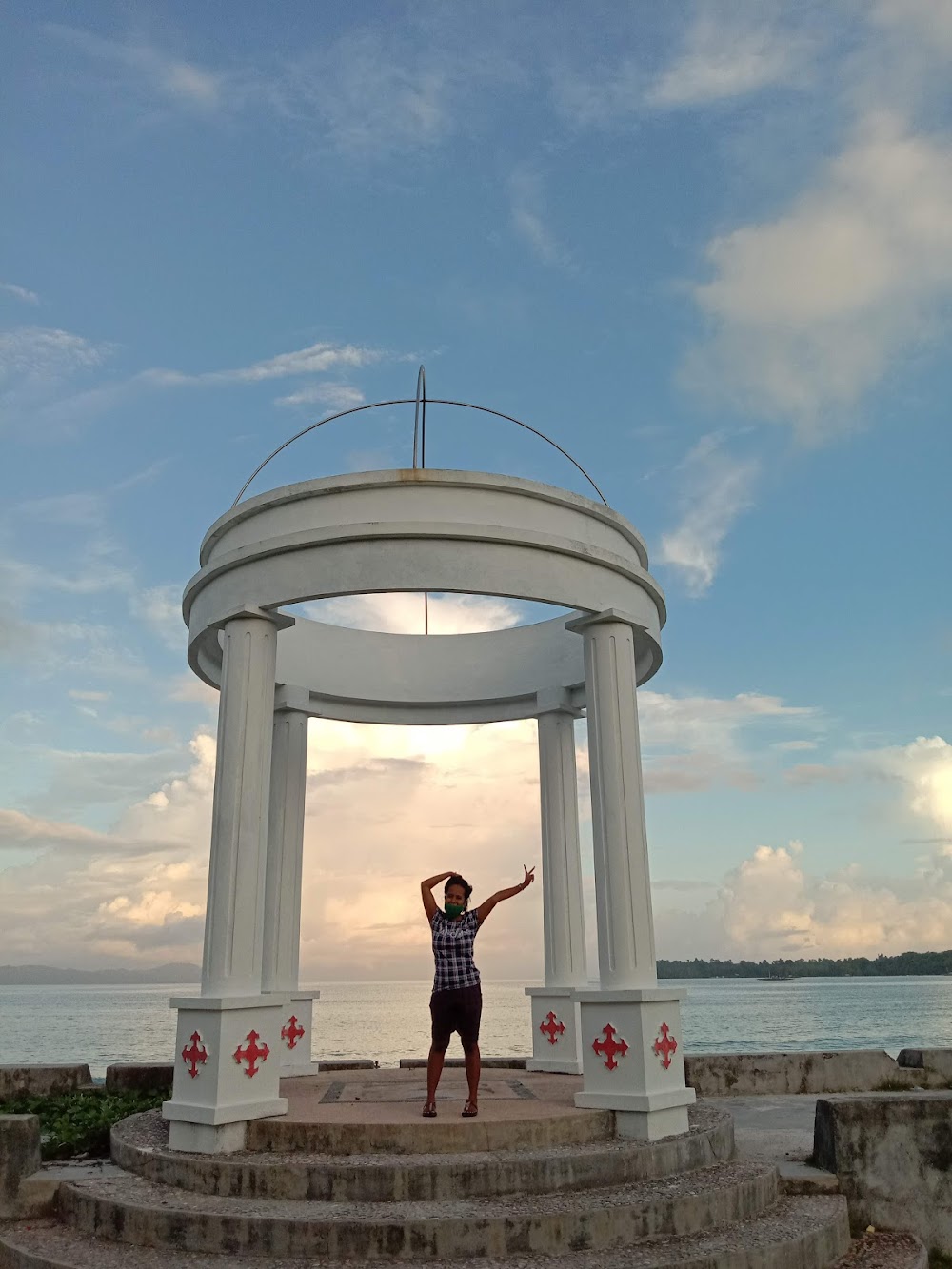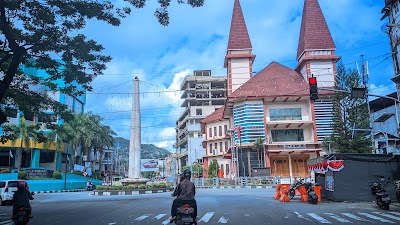Banda Neira (Banda Neira)
Overview
Banda Neira, an enchanting island in Maluku, Indonesia, is steeped in historical significance and natural beauty. As one of the Banda Islands, it boasts a captivating past deeply intertwined with the global nutmeg and spice trade.
A Rich History
The narrative of Banda Neira began in the early 16th century when Portuguese explorers, enticed by the lucrative spice market, arrived on its shores. In 1512, they established a small fort and trading post, marking the island's entry into the world of international commerce. However, their dominance was soon challenged by rival European powers eager to stake their claim.
By 1621, the Dutch East India Company (VOC) had established control over Banda Neira to monopolize the nutmeg trade. They constructed Fort Nassau in 1609, followed by the formidable Fort Belgica in 1611 to safeguard their interests. Fort Belgica, with its pentagonal design and robust walls, stands today as one of the best-preserved examples of Dutch colonial military architecture in Indonesia. These forts played a crucial role in defending the island against both local uprisings and competing European forces.
A Turbulent Legacy
In the years that followed, the Dutch aggressively sought to consolidate their power. They enforced stringent regulations on the local population and nutmeg production, culminating in the tragic Banda Massacre of 1621 under the leadership of Jan Pieterszoon Coen, the VOC Governor-General. This harrowing event decimated a significant portion of the native Bandanese population, resulting in forced migrations and the importation of enslaved individuals to work on nutmeg plantations.
Despite its grim history, Banda Neira flourished as a center of spice wealth. The nutmeg plantations, known locally as "perken," attracted traders from across the globe. Typically owned by Dutch planters, these plantations relied on local labor, thriving in the rich volcanic soil that characterized the Banda Islands and ensuring the island's lasting economic importance.
Cultural Melting Pot
Beyond its economic significance, Banda Neira evolved into a vibrant cultural and educational hub. The island became a melting pot of diverse communities, including Chinese, Arabs, and other Asian groups, creating a rich cultural tapestry. The colonial architecture, fused with local styles, imparts a unique charm that continues to enchant visitors today.
Over the centuries, control of Banda Neira shifted multiple times, even falling under Japanese occupation during World War II. After the war, Banda Neira and the rest of Indonesia ultimately gained independence from Dutch colonial rule in 1949.
Preserving the Past
In the late 20th century, efforts to preserve Banda Neira's historical legacy gained momentum. Conservationists and historians dedicated themselves to restoring and maintaining colonial-era buildings and forts. Today, Fort Belgica stands as a proud testament to the island's rich history and offers breathtaking panoramic views of the Banda Sea.
Modern Banda Neira has embraced tourism while honoring its historical identity. Visitors can explore the island's lush landscapes, pristine beaches, and vibrant coral reefs. The crystal-clear waters surrounding the island make it a favored destination for snorkeling and diving enthusiasts, while trekking Mount Api, an active volcano on a neighboring island, provides thrilling adventures for hikers and nature lovers.
Living Traditions
Local culture remains a vital aspect of Banda Neira's appeal. Traditional dances, music, and crafts continue to flourish, offering insightful glimpses into the island's rich heritage. The annual Banda Festival is a highlight, showcasing this cultural diversity through colorful parades, captivating performances, and delightful culinary experiences.
Despite its small size, Banda Neira leaves a profound impact on history and culture. It embodies a tale of resilience, struggle, and the allure of a spice trade that once captivated the world. From its imposing forts to tranquil nutmeg plantations, Banda Neira invites visitors to step back in time and experience an extraordinary blend of historical and natural beauty.



